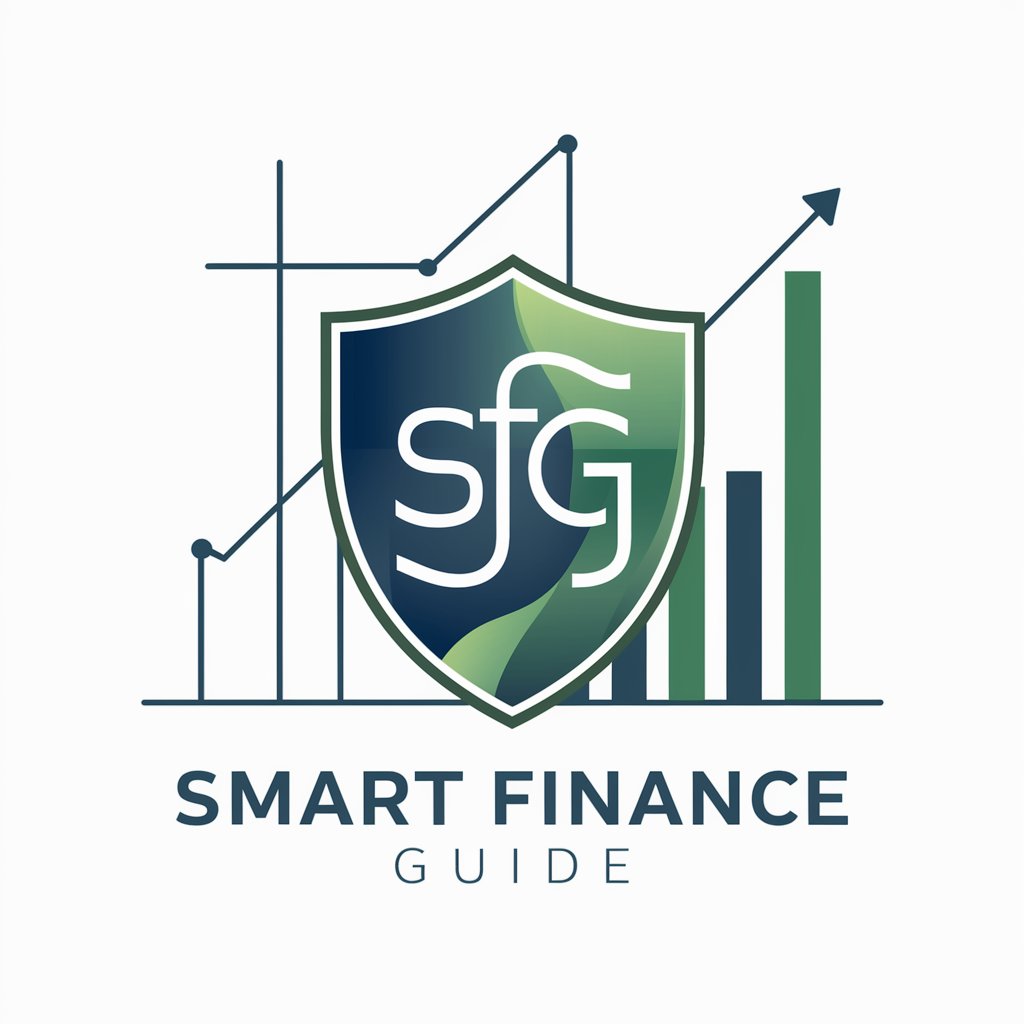Financial images - Financial Data Visualization

Welcome! Let's make your financial data clear and compelling.
Simplifying finance with AI-powered visuals
Generate a chart that shows the quarterly revenue growth of a tech company...
Create a table comparing the performance of different investment portfolios over the past five years...
Design a pie chart that illustrates the market share of leading companies in the renewable energy sector...
Develop a bar graph that displays the year-over-year sales performance of a retail chain...
Get Embed Code
Overview of Financial Images
Financial Images is designed to transform complex financial data into visually compelling, clear, and accessible graphical representations. This service focuses on clarity and simplicity, ensuring that financial data is presented in a way that's easily understandable by a wide audience. The core purpose is to aid in decision-making, enhance presentations, and simplify financial analysis through visual means. For example, a financial analyst might use Financial Images to create a series of charts that highlight key trends and projections in a company's quarterly earnings report. These images would utilize clean lines, contrasting colors for different data sets, and clear labeling to make the data immediately accessible to stakeholders. Another scenario could involve an educator using Financial Images to illustrate economic concepts to students, making abstract ideas more concrete and engaging through visual aids. Powered by ChatGPT-4o。

Core Functions and Real-World Applications
Data Visualization
Example
Generating pie charts, bar graphs, and line graphs to represent financial metrics such as market share, revenue growth, or investment returns.
Scenario
A market research firm employs Financial Images to showcase market segmentation and competitor analysis in a more digestible format for their clients.
Trend Analysis
Example
Creating visual aids that highlight historical data trends and future projections.
Scenario
Financial analysts use Financial Images to visualize stock performance over time, aiding investors in making informed decisions.
Comparative Analysis
Example
Using side-by-side or overlaid charts to compare financial performances across different time periods, regions, or products.
Scenario
A multinational corporation utilizes Financial Images to compare quarterly sales across different regions, identifying patterns and anomalies that inform strategic planning.
Portfolio Overview
Example
Compiling comprehensive visual summaries of investment portfolios, showing asset allocation, risk distribution, and performance metrics.
Scenario
Wealth management advisors present clients with visual overviews of their investment portfolios, making complex data sets approachable and facilitating discussions about future investment strategies.
Target User Groups for Financial Images
Financial Analysts
These professionals require the ability to quickly interpret and present complex financial data. Financial Images helps them create visual representations that are both informative for expert analysis and accessible to non-specialist stakeholders.
Business Executives
Executives need to digest financial information efficiently to make strategic decisions. Visualizations from Financial Images can illuminate key data points and trends that might be overlooked in traditional reports.
Educators and Students
In academic settings, visual aids can greatly enhance the learning experience by making abstract financial concepts tangible. Financial Images supports educators in creating engaging materials and helps students grasp complex ideas more readily.
Investors
Individual and institutional investors benefit from clear and concise visual summaries of market trends, investment performance, and risk analysis, aiding in better investment choices.

Guidelines for Using Financial Images
Start with a Free Trial
Begin by visiting yeschat.ai to access a free trial instantly, without the need for signing up or subscribing to ChatGPT Plus.
Identify Your Needs
Determine the specific financial data or trends you wish to visualize. This could range from stock market trends, economic indicators, to budget breakdowns.
Choose Your Template
Select from a variety of templates tailored to financial data presentation. Consider templates for charts, graphs, or infographics that best match your data type.
Customize Your Visualization
Utilize tools to customize the visualization. Adjust colors, scales, and labels to ensure your data is represented accurately and clearly.
Review and Share
Review your visualizations for accuracy and clarity. Share your finalized financial images through reports, presentations, or online platforms.
Try other advanced and practical GPTs
6D思維VIP教室
Empowering minds through multidimensional thinking.

Echoes & Eclipse VIP Guide
Your AI-Powered Eclipse Event Companion

紫微斗数 VIP
Decipher Your Destiny with AI-Powered Chinese Astrology

VIP gpt
Elevating Creativity with AI

IELTS VIP
Master IELTS with AI-powered insights

VIP Meetup Room
Exclusive Meetups Powered by AI

Financial Analyst
Empowering your finance journey with AI.

Financial Guide
Empowering Your Financial Decisions with AI

Financial advisor
Empower Your Finances with AI

Financial Advisor
Empowering Your Financial Decisions with AI

Financial Navigator
AI-powered financial clarity and compliance.

Financial Guru
AI-Powered Market Insights at Your Fingertips

FAQs about Financial Images
What are Financial Images?
Financial Images refer to visual representations of financial data, including charts, graphs, and infographics, designed to simplify complex financial information for analysis and communication.
Can I create custom financial charts?
Yes, you can create custom financial charts by selecting templates and utilizing customization tools to adjust colors, scales, and labels to accurately represent your data.
Are there templates for different financial scenarios?
Absolutely. There are various templates available for different financial scenarios, including stock market trends, economic indicators, budget allocations, and more.
How do I share my financial images?
Financial images can be shared through multiple platforms, including email, presentations, reports, or by embedding them in websites and social media posts.
Is there support for real-time financial data visualization?
Some tools and templates support real-time data visualization, allowing users to connect to live data sources for up-to-the-minute financial analysis.
